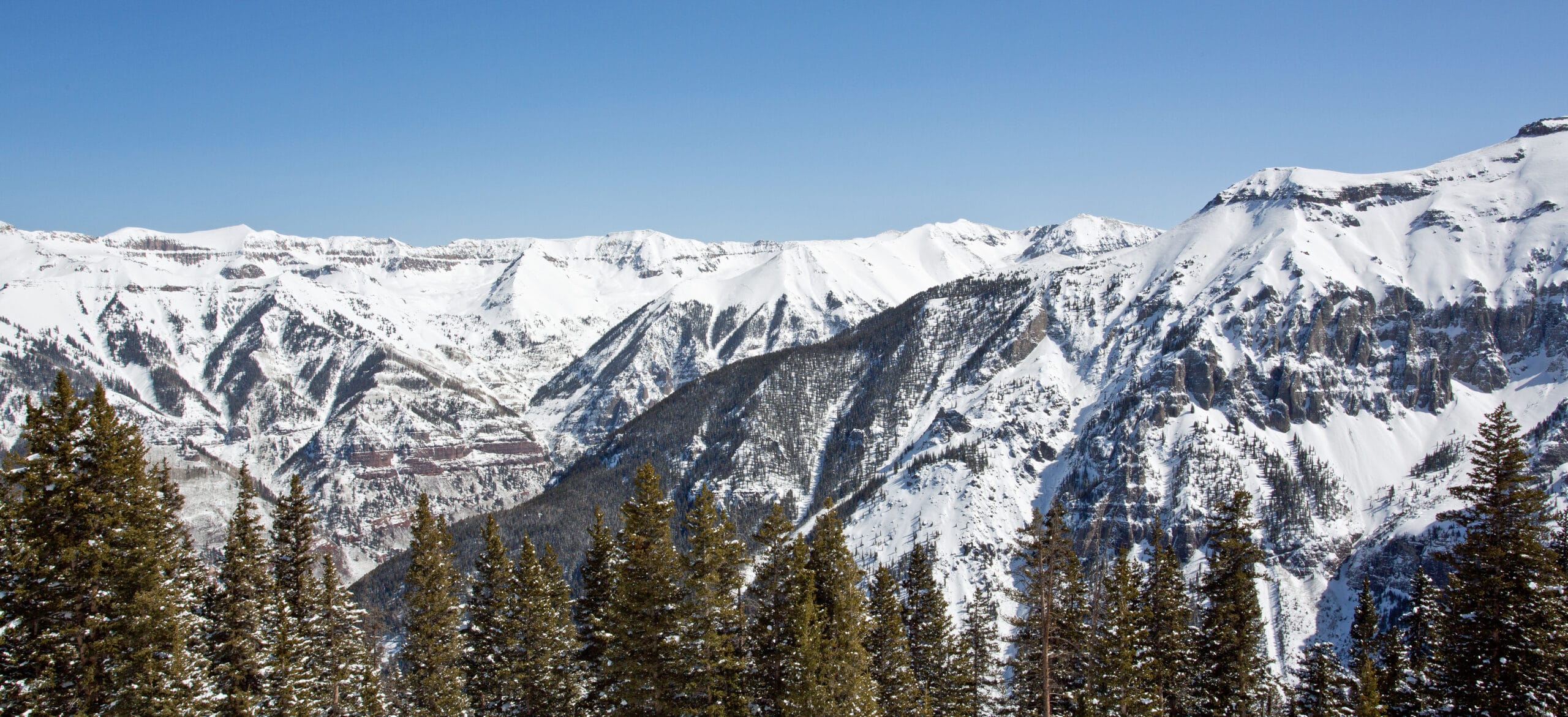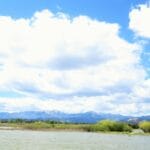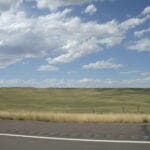Durango, Colorado, nestled in the heart of the San Juan Mountains, boasts a base elevation of 6,512 feet (1,985 meters). This impressive altitude isn’t just a number; it’s a defining characteristic that shapes the town’s climate, influences its outdoor recreation, and even plays a role in its rich history. This guide will equip you with everything you need to know about Durango’s elevation, from practical tips for acclimatizing to insights on how altitude adds a unique dimension to your Durango experience.
Understanding Durango’s Elevation
Durango’s elevation of 6,512 feet places it firmly in the high-altitude category, nearly twice the average elevation across the United States. This means the air is thinner, delivering less oxygen with each breath. This difference isn’t merely a scientific fact; it’s something you might feel, especially upon arrival. Durango’s climate, classified as Dsa/Dsb Köppen (Mediterranean-influenced, humid continental), is also directly influenced by its elevation. Expect cooler temperatures year-round, even during summer. The sun’s rays are more intense at this altitude, so sunscreen is essential. Be ready for unpredictable weather swings; mountain conditions can change rapidly, so layering your clothing is always recommended.
Acclimatizing to the Altitude
Stepping off the plane or driving into Durango, you might experience a slight lightheadedness. This is perfectly normal; your body is simply adjusting to the thinner air. Give yourself time to acclimatize, and listen to your body. Hydration is key, so drink plenty of water – more than you typically would. It’s probably best to avoid alcohol initially, as it can dehydrate you further. Start with less strenuous activities, like a stroll down historic Main Avenue, and gradually increase your exertion levels. For more detailed information on acclimatization and altitude sickness, a quick search for the “Guide to High-Altitude Awareness in Durango” can provide valuable insights.
Durango’s Activities and Elevation
Durango offers a plethora of outdoor activities, from gentle strolls to challenging climbs. Being mindful of the altitude is key to enjoying these adventures.
- San Juan National Forest: Hike or camp amidst breathtaking scenery, but remember that even seemingly easy trails can feel more challenging at elevation.
- Million Dollar Highway: This scenic drive offers breathtaking views and thrilling elevation changes, reaching heights of over 11,000 feet.
- Skiing and Snowboarding: Durango’s altitude transforms winter into a wonderland, but the thinner air can add to the physical demands of skiing and snowboarding. Pace yourself and take breaks.
- Mountain Biking and Trail Running: These activities become more demanding at elevation. Remember to listen to your body and adjust your pace accordingly.
Remember, pacing yourself and taking breaks are crucial for enjoying any activity at elevation. Discover the surprising changes in altitude as you explore the scenic landscapes of elevation in Bozeman, MT and the charming mountain town of elevation of Gatlinburg, Tennessee, each offering unique perspectives and breathtaking views.
Durango’s History and its High-Altitude Roots
Durango’s story is intricately linked to its elevation. Imagine Durango in 1880: the Denver & Rio Grande Railroad arrives in the Animas Valley, a high-desert valley carved into the mountains. The altitude presented challenges, but the location was strategically vital. This high-altitude passage through the mountains was a game-changer, transforming Durango into a bustling hub.
Durango Today: A Thriving Mountain Town
Durango is a vibrant community of around 19,000 people. Fort Lewis College, perched on a mesa overlooking downtown, adds another 350 feet to the already impressive elevation, offering stunning panoramic views. Main Avenue, the heart of Durango, is alive with shops, restaurants, and local culture. Accessing Durango is easy via US Highways 160 and 550.
Microclimates and Altitude’s Subtle Influence
Even within Durango, subtle elevation changes create unique microclimates. You might notice shifts in vegetation as you move just a few hundred feet up or down a slope. These microclimates add another layer of intrigue to the Durango altitude experience.
Is Durango High Altitude? A Deeper Dive
At 6,512 feet, Durango is undeniably a high-altitude location. While it probably won’t trigger full-blown altitude sickness (typically associated with elevations above 8,000 feet), some effects are likely. Headaches, irritability, and lightheadedness, especially during physical activity, are possible. Acclimatizing gradually is crucial.
Altitude Sickness in Durango: What You Need to Know
Altitude sickness, or Acute Mountain Sickness (AMS), can occur in Durango due to the reduced oxygen levels at higher elevations. Symptoms may include headaches, fatigue, nausea, shortness of breath, dizziness, and irritability. While these symptoms are usually mild, more severe forms like HAPE (fluid in the lungs) and HACE (brain swelling) are possible, though rare. Acclimatization, hydration, and rest are key preventative measures. Descending to a lower elevation is often the most effective treatment.
Is Durango a High Desert?
Durango’s dry air and sunny weather may lead some to believe it’s a high desert. However, the abundant water from the Animas River and snowmelt from the San Juan Mountains fosters a diverse ecosystem, including lush forests and meadows, that sets it apart from true high deserts. Durango is more accurately described as a transition zone between the arid Four Corners region and the alpine San Juan Mountains.
- Understand bone yellow: Colorism’s impact on Black communities - April 19, 2025
- Green Natural Sandstone: Eco-Friendly Building Solutions - April 19, 2025
- Red Cross Flag: Protecting Humanity Through History - April 19, 2025
















